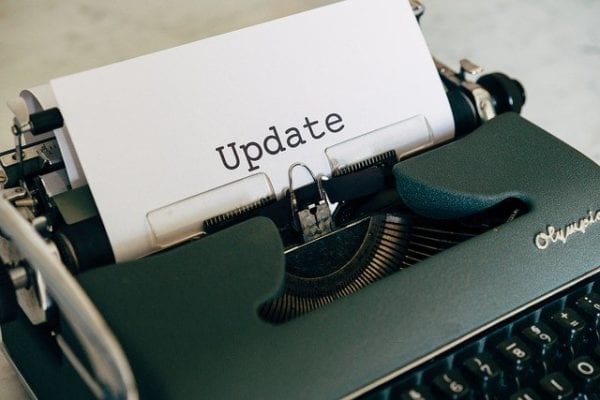Recently, the American College of Rheumatology released new 2020 gout guidelines. In these guidelines, there are 42 recommendations that reflect new clinical evidence since the release of the 2012 guidelines. Full text 2020 gout guidelines can be found here.
One of the key highlights is the emphasis on treat-to-target urate-lowering therapy (ULT) rather than utilizing a fixed dosing regimen. For example, it is recommended to start with a low dose of allopurinol and titrate up to achieve a serum urate level of < 6 mg/dL. From my experience, I’ve found that patients often appreciate a lab that can be monitored for their disease state so I do like the idea of having a heavier focus on the “number”.
Additionally, these guidelines emphasize the use of allopurinol as the preferred first-line ULT for patients, including those with CKD. This is due to the decreased cost and reduced risk for severe cardiovascular events as compared with febuxostat. In fact, there is now a black box warning for febuxostat because of the increased risk of cardiovascular death. The criteria to treat with ULT is defined as:
- Presence of one or more tophi
- Radiographic damage associated with gout
- Two or more flares per year
In patients who have experienced just 1 gout episode and those with asymptomatic hyperuricemia, it was conditionally recommended against starting ULT except for the patients with:
- Moderate to severe CKD
- Urolithiasis
- Serum urate > 9 mg/dL
In prophylaxis, the guidelines provide a strong recommendation to use anti-inflammatory agents such as colchicine, NSAIDs, or prednisone/prednisolone when starting ULT for at least 3-6 months rather than < 3 months.
For patients of Southeast Asian heritage, it is recommended that they be tested for the HLA-B*5801 allele to see if they are at an increased risk for a severe cutaneous reaction in response to allopurinol treatment. This is one of the several clinically significant pharmacogenomics variations that I discuss in our board certification study materials.
Another aspect of drug therapy that was addressed was the treatment of gout flares. Now, it is strongly recommended to use either colchicine, NSAIDs, or glucocorticoids as first-line agents rather than an interleukin-1 inhibitor or adrenocorticotropic hormone.
- 30 medication mistakes PDF
- 18+ Page Drug Interaction PDF
- 10 Commandments of Polypharmacy Webinar based on my experiences in clinical practice
Authored by Baley Pederson, PharmD Candidate in collaboration with Eric Christianson, PharmD, BCGP, BCPS



informative post.
kindly give a brief update on ulinastatin